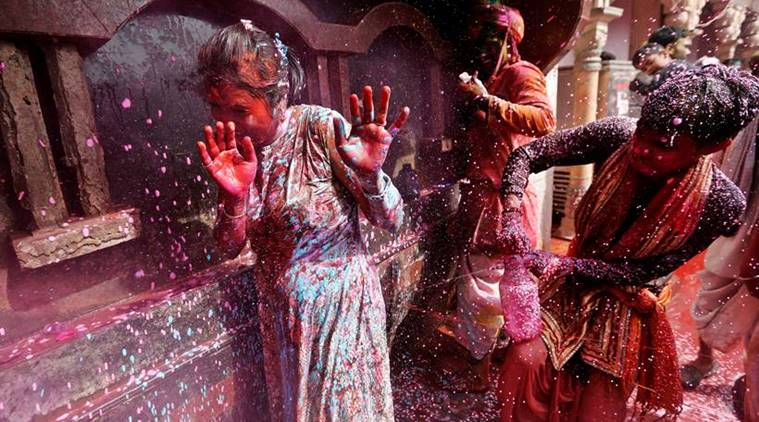By Lifestyle Desk |New Delhi |Published: March 19, 2019 12:38:44 pm
Holi 2019: History, Importance and Significance of Holi festival in India
Holi 2019 History and Importance: Holi signifies the triumph of good over evil, and also marks the onset of spring season. On this day people apply dry colours on each other's faces and celebrate with friends and family.

Holi 2019 History and Importance: Holi or the the festival of colours is observed every year on the day of Purnima, the full moon day, in the month of Falgun. This festival is celebrated on two consecutive days – Chhoti Holi, which is also known as Holika Dahan, followed by Rangwali holi, Dhuleti, Dhulandi or Dhulivandan the next day. This year Holi falls on March 21.
Holi signifies the triumph of good over evil, and also marks the onset of spring season. On this day people apply dry colours or gulal on each other’s faces and celebrate with friends and family.
Like many festivals, the legend behind celebrating Holi revolves around the story of Hiranyakashyap, the demon god who wanted to be immortal and wished be worshipped by everyone. However, his son Prahlada, was a devotee of Lord Vishnu and would offend his father by not worshipping him.
Hurt and disrespected by his son’s attitude towards him, Hiranyakashyap asked his sister Holika to kill his son by sitting on a bonfire with Prahlada. Holika is believed to have been bestowed with a divine power – that she could not be harmed by fire. So she did as advised by her brother, but Prahlada’s devotion evoked Lod Vishnu’s compassion and he saved the boy from the fire while Holika was burnt death.
Lord Vishnu, thereafter, defeated and killed Hiranyakashyap, marking the victory of good over evil.






















No hay comentarios:
Publicar un comentario